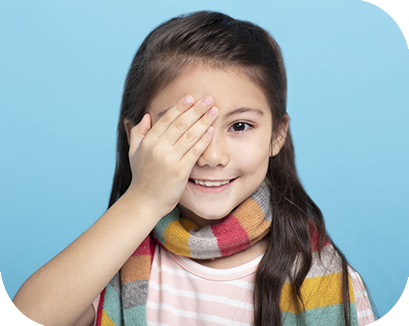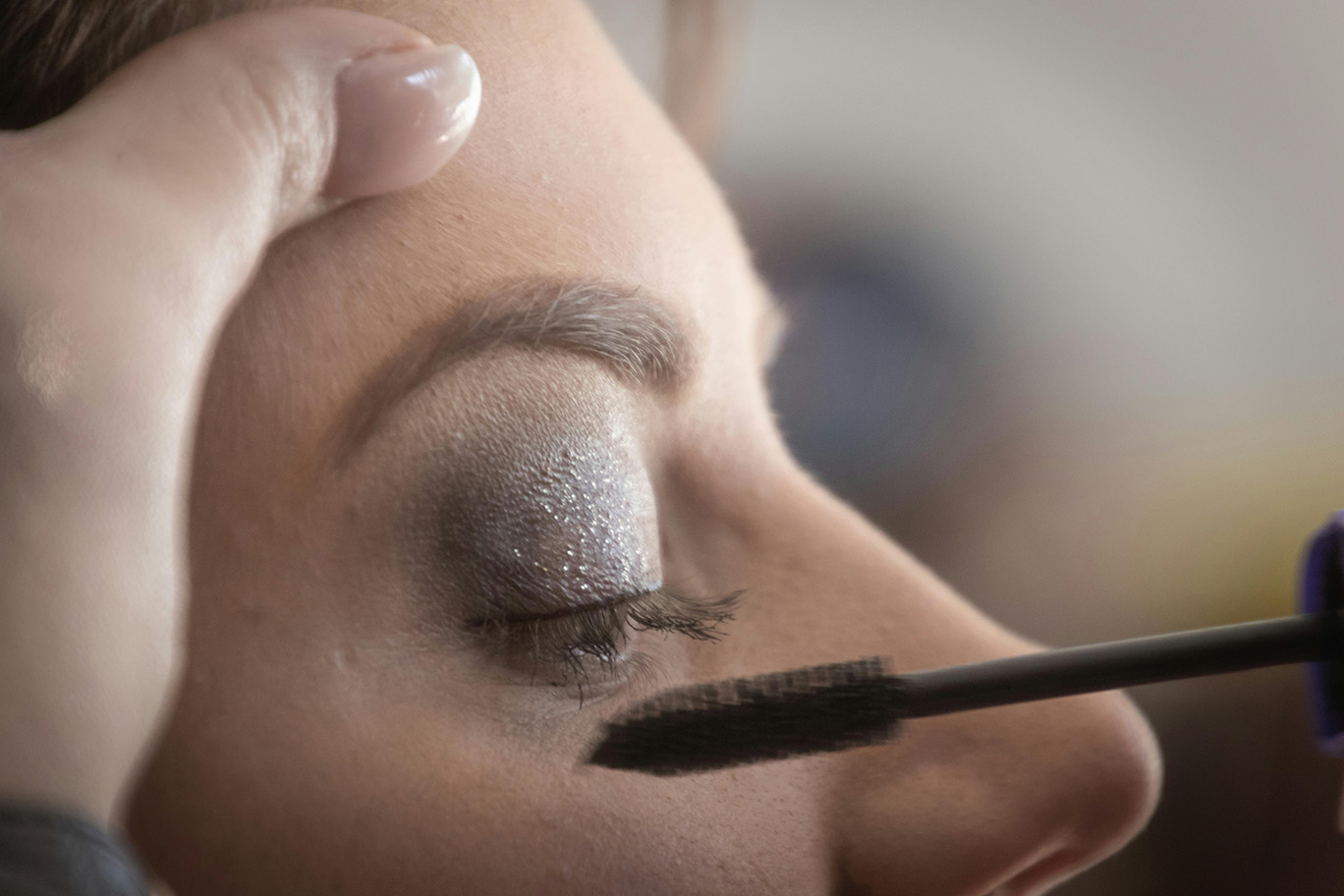Blog

Children's eyesight during COVID-19 pandemic
Posted: Thursday 26th November 2020
Many parents are concerned about the effects of the inevitable increase in their children’s screen use during 2020 and the effect this could have on their developing child’s eyesight – and these concerns are well founded. In August, China’s Ministry of Education reported an 11.5% rise in the country’s childhood myopia (short-sighted) rate over the first half of this year. The surge is likely a result of increased screen time from online learning after schools across the country cancelled classes in early 2020 due to the COVID-19 outbreak. Of course, the same happened with schools here, and although no studies have yet been published in the UK, anecdotally Optometrists have been finding more myopia and greater prescription changes than would usually be expected.
It is helpful for children (and adults!) to follow the 20-20-20-20 rule : take a 20 second break every 20 minutes, blink 20 times and look 20 feet away. This helps keep the surface of the eyes moisturised, as blinking refreshes the delicate tear layer that stops friction between the lids and the eyeball itself. Looking 20 feet away can simply be out of a window or across the room, to relax the eye muscles and prevent them going into spasm. The tear layer is an optical surface, and if the eyes become dry due to infrequent blinking this can cause blurry vision as well as discomfort. A spasm in the focussing muscles can also cause blurry vision and headaches or eye ache. Children using their screens for gaming can be encouraged to take a break each time they reach a new ‘level’ as a precise 20 minute timescale might not be welcome if it interrupts them at a critical point in their game! In addition, make sure they spend as much time as possible outdoors, ideally at least 2 hours a day, as studies have shown that this is beneficial in reducing the progression of short-sight (myopia).
Parents often ask how long is long enough in a day for a child to be on a screen. ‘Screen’ use includes phones, laptops, tablets, television and gaming consoles so it is easy to see how this can add up, particularly with much schoolwork being screen based. World Health Organization guidelines issued in early 2019 recommend no screen time for children under 3, and screen time of no more than 1 hour for children ages 3 and 4. The WHO recommendation say "Less is better". However most parents would agree this is not a practical guideline for 2020 and The Royal College of Paediatrics and Child Health recommends that decisions on how much time with digital devices is appropriate be made on an case-by-case basis within families. Researchers noted that some screen time can help children learn. The Royal College of Paediatrics and Child Health recommends that families "should negotiate screen time limits with their children based upon the needs of an individual child, the ways in which screens are used and the degree to which use of screens appears to displace (or not) physical and social activities and sleep."
To reduce the risk of your child disrupting his or her sleep/wake cycle, create a "no-screens" rule at least an hour or two before their scheduled bedtime. This is in part because some people are sensitive to the blue light emitted by screens and it can interfere with the circadian rhythm- our internal day/night biological clock.
If your child is already short sighted or if you are concerned because you, as their parent, are short-sighted (a child with two myopic parents is almost 8 times more likely to develop short sight) have a look at our myopia management page for more information about how progression of short sight can be retarded by the use of specialist contact lenses. Rawlings Opticians were among the first in the country to have access to these lenses. Another great resource is the website Mykidsvision.org.
< Back




